Bread flour for cookies — here's why it works so well
Turns out, bread flour isn't just for lofty loaves.
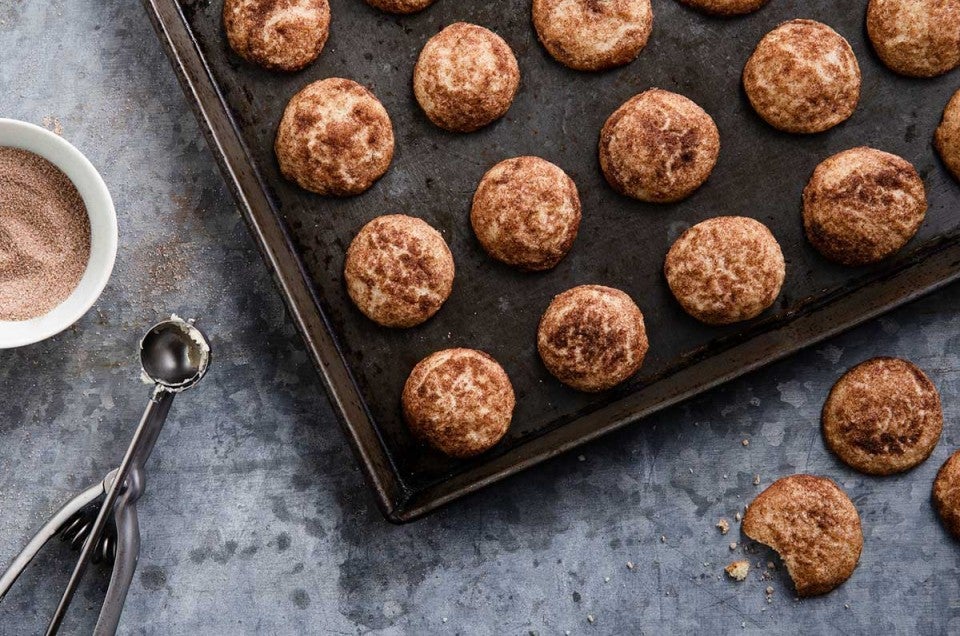

At King Arthur, we offer many different flours, all of which are suitable for various types of baking. Thankfully, their name typically clues you in on how to use them. Cake flour, for instance? Specifically designed for light cakes with a fine crumb, from Lemon Cloud Cake to Moist Chocolate Cake. Pastry flour is the key to tender baked pastries like Fresh Blueberry Scones. And bread flour is great for, uh, bread. But what if I told you that you should be using bread flour for cookies, too?
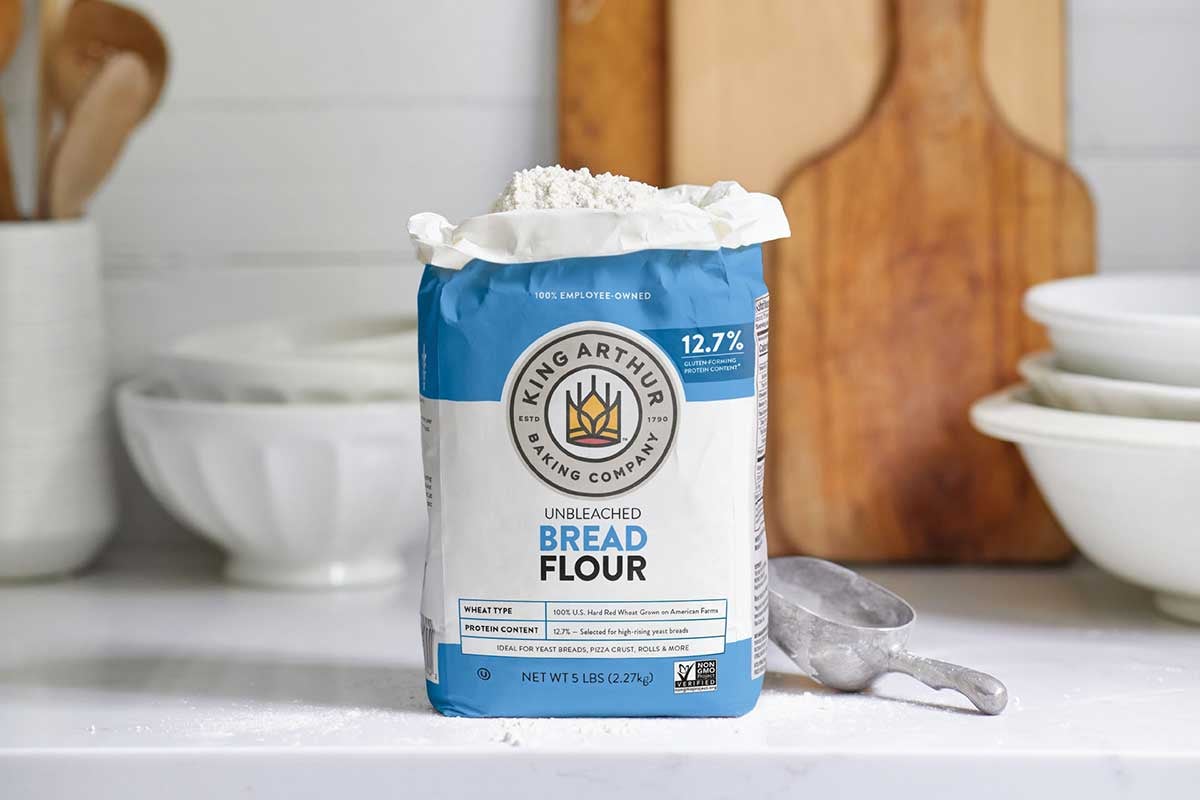
Swapping in bread flour for all-purpose flour in cookies won’t change the flavor of your cookies at all. Rather, the switch will impact the texture of your final product. The result? Cookies that are chewier than the all-purpose version.
Now everyone has a different idea of what their ideal cookie texture is. Some people like thin and crispy, while others go for super soft and half-baked (me!). If you’re looking for chewiness and bend, bread flour could be a handy addition to your cookie recipes.
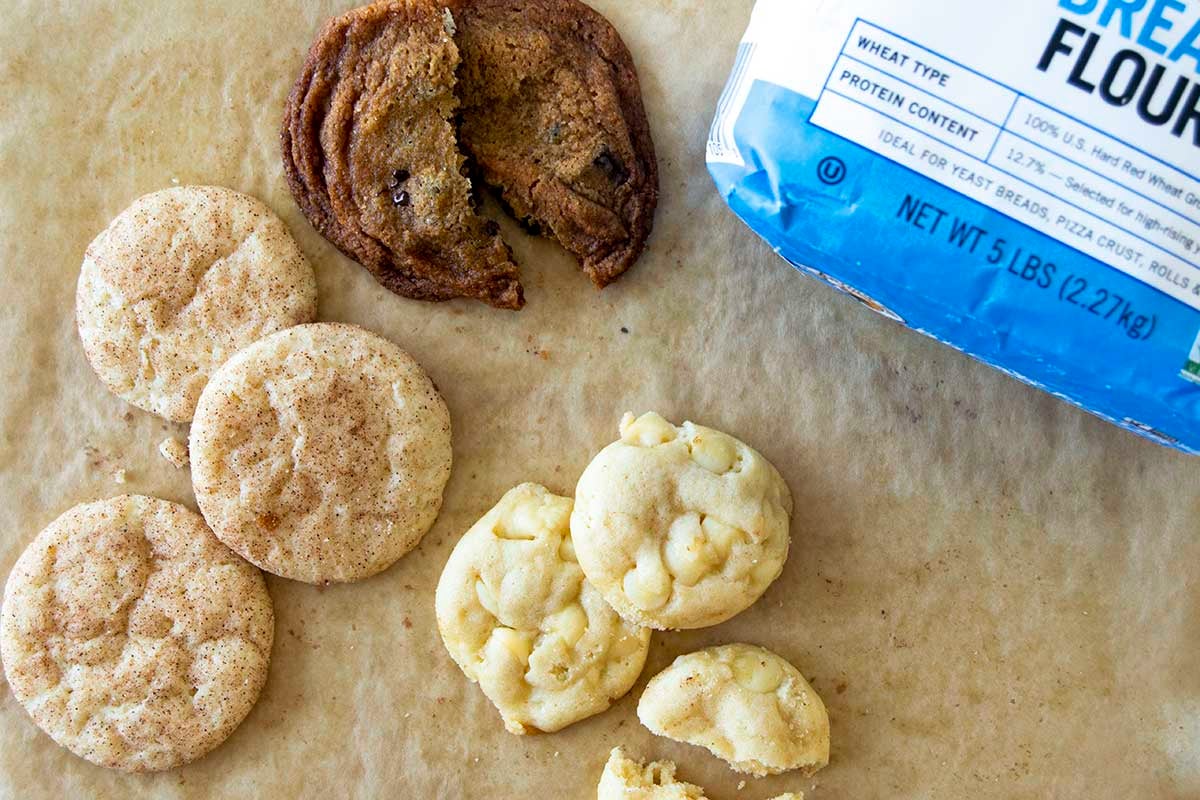
Fun fact: Alton Brown even named his signature bread flour Chocolate Chip Cookie recipe “The Chewy."
Baker's tip: Looking for another way to add a little extra chew? Use brown sugar in your cookie dough. For more on this tip and other suggestions on how to personalize your cookie recipe, check out our post on cookie science.
So why exactly does bread flour make chewier cookies? It all comes down to the key distinguishing factor between different types of flour: protein content. Every type of flour is milled to have a specific protein content — when you pick up a bag of King Arthur flour, you’ll likely notice we print that protein content right on the front. That’s because protein level plays a big role in the way your flour behaves during baking, impacting your final products.
Essentially, the higher the protein content in a flour, the more gluten there is to develop when water is added. The more that gluten develops, the stronger the dough. In addition, flours with higher protein content will absorb more liquid than those with less protein.
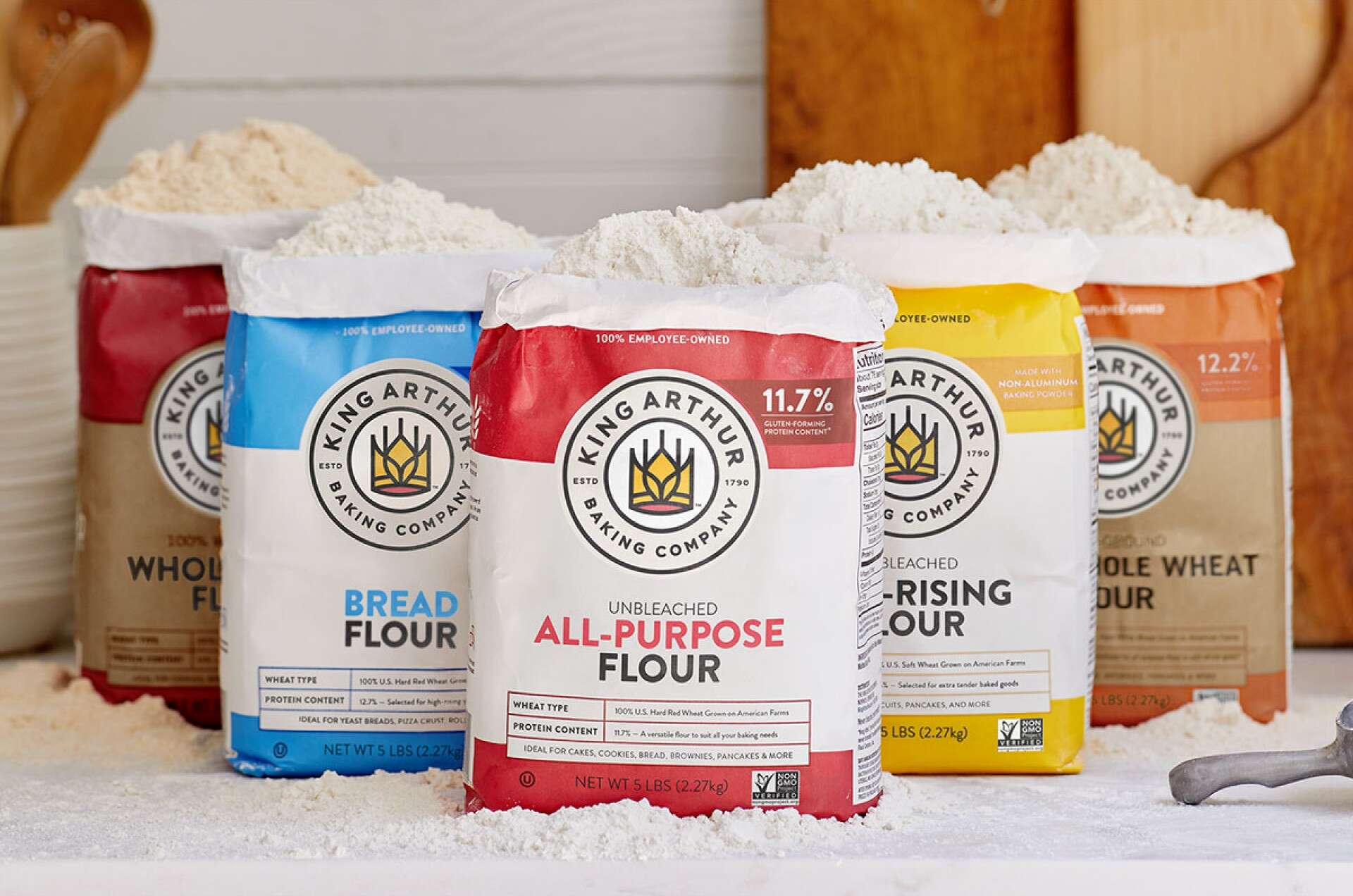
Various protein levels are suited for specific types of baking, which is why we make so many different flours.
Cake flour, for example, is low in protein (10%) so that cakes will be tender and light, without much gluten development. Bread flour, meanwhile, has 12.7% protein content; this higher protein enables strong, elastic bread doughs resulting in high-rising loaves.
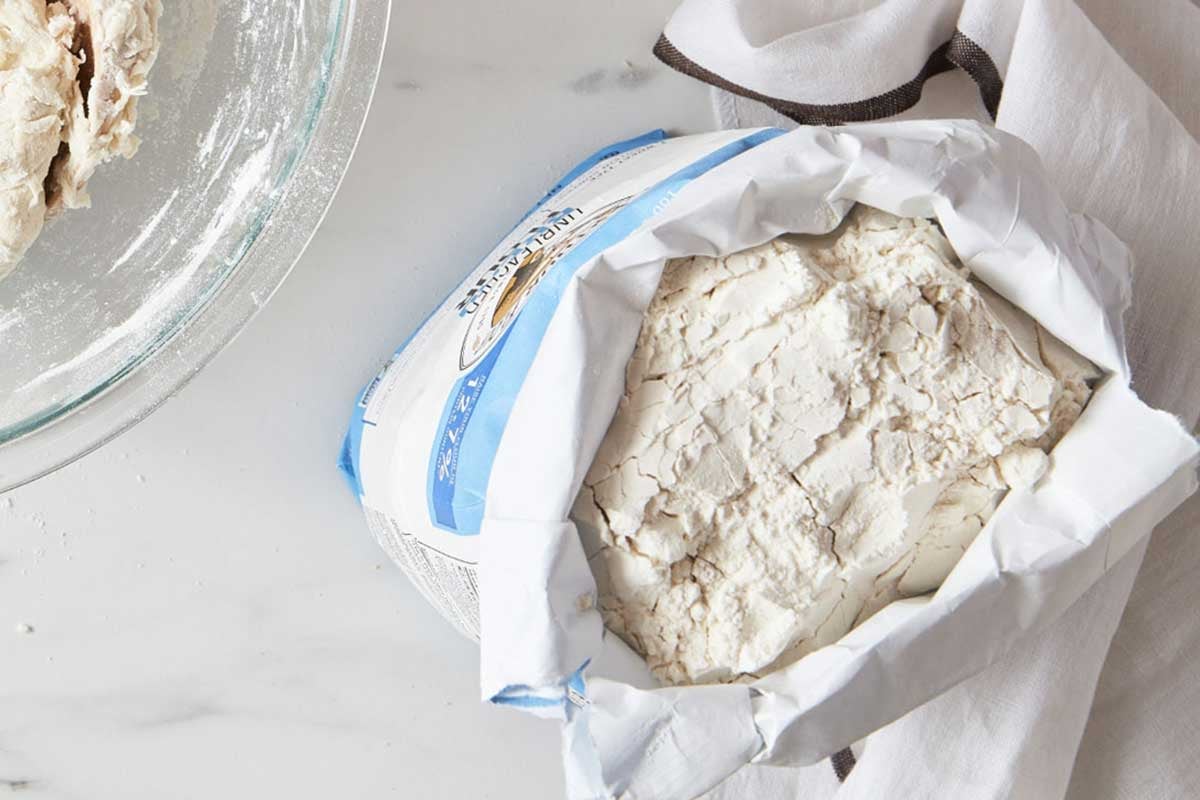
For reference, our all-purpose flour has 11.7% protein content. So by swapping in bread flour for all-purpose flour in cookies, we’re raising the protein to enable more gluten formation and higher liquid retention in the dough. This translates into more chewiness.
Baker's tip: If you have dry dough because of the extra liquid absorption, you can add 1-2 teaspoons additional liquid for every cup of flour.
Just how much of an impact does this swap have on your cookies? Let’s find out!
Snickerdoodles: Our Buttery Snickerdoodles recipe (also pictured at the top of this post) is specifically designed to use bread flour for an extra-chewy texture. So I decided to whip up a batch with bread flour and all-purpose flour to compare the two.
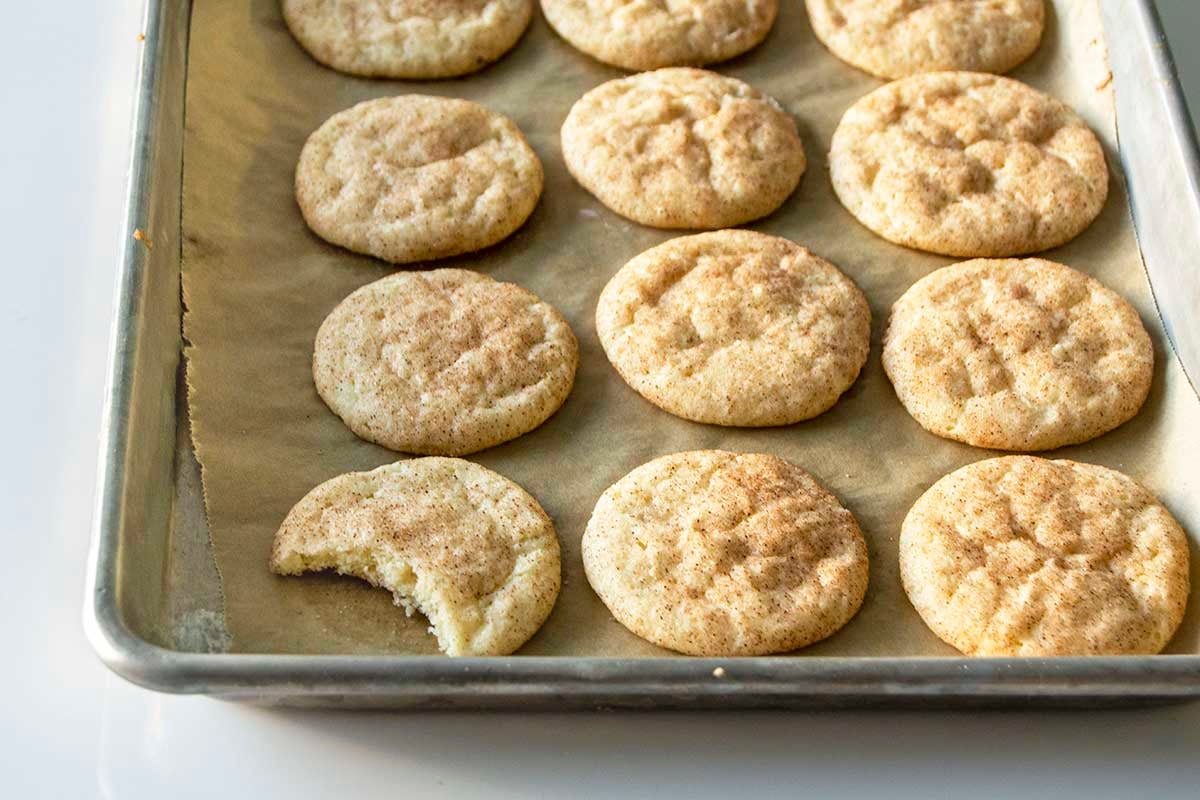
Snickerdoodles have a distinctive crispy-chewy texture, and both versions of the recipe delivered this. The final cookies turned out identical in shape and size, and upon tasting, they actually had fairly similar textures too, with slight deviations: the bread flour version was marginally more chewy, while the all-purpose cookies were a touch more tender.
So go with bread flour to ensure as much chewy potential as possible, but feel free to use whichever flour you’ve got on hand for this recipe with minor differences.
Vanilla White Chocolate Drops: Another cookie recipe that uses bread flour? Vanilla White Chocolate Drops. By design, these cookies are softer and rounder than snickerdoodles, so I was interested to see how bread flour would compare to all-purpose flour here. In this instance, the difference was more noticeable. While both cookies were soft, the bread flour cookies were chewier and slightly denser than the all-purpose flour version.
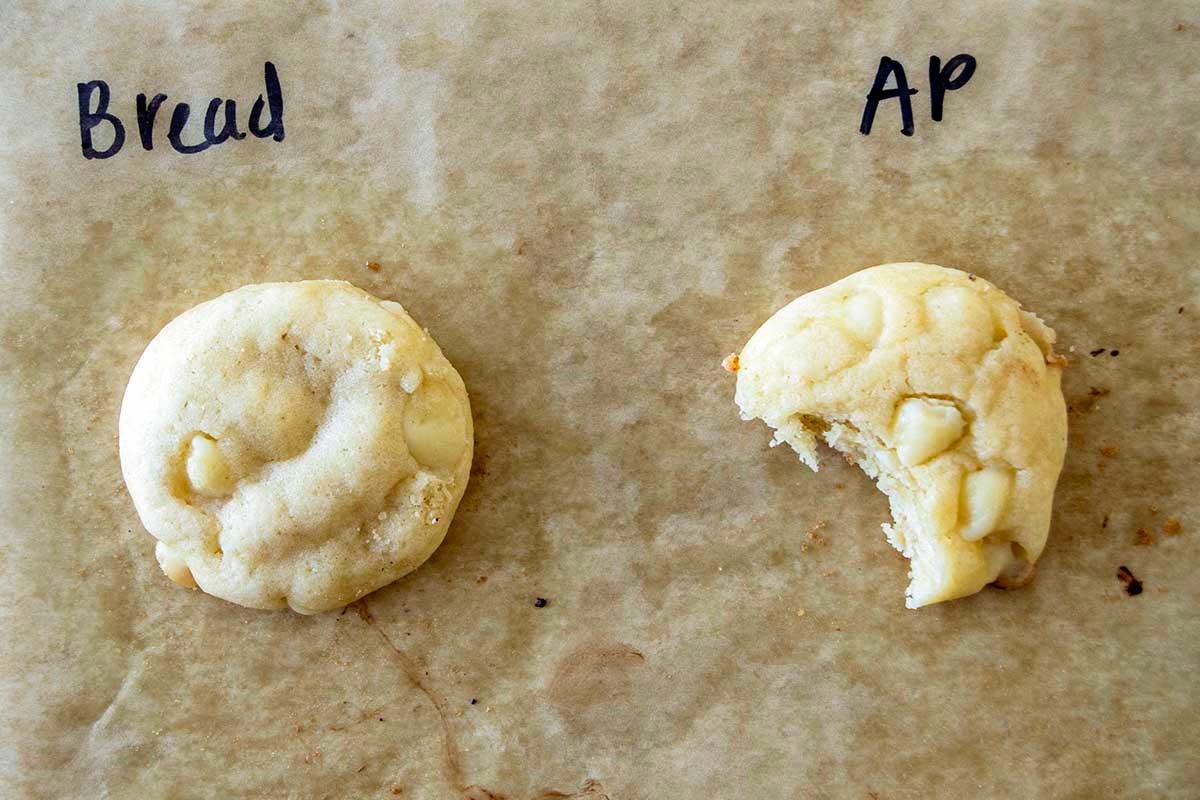
In this case, I'd definitely suggest sticking with bread flour for extra chew, but if all you have on hand is all-purpose flour, you'll still end up with a tray of delicious cookies that don't differ too much from the original.
Chocolate Chip Cookies: Both Snickerdoodles and Vanilla White Chocolate Drops have recipes that are specifically written to include bread flour. But I also wanted to try swapping in bread flour for a recipe made with all-purpose flour. So I decided to use bread flour in our Chocolate Chip Cookies, which are typically made with all-purpose flour, to see how the final results would compare.
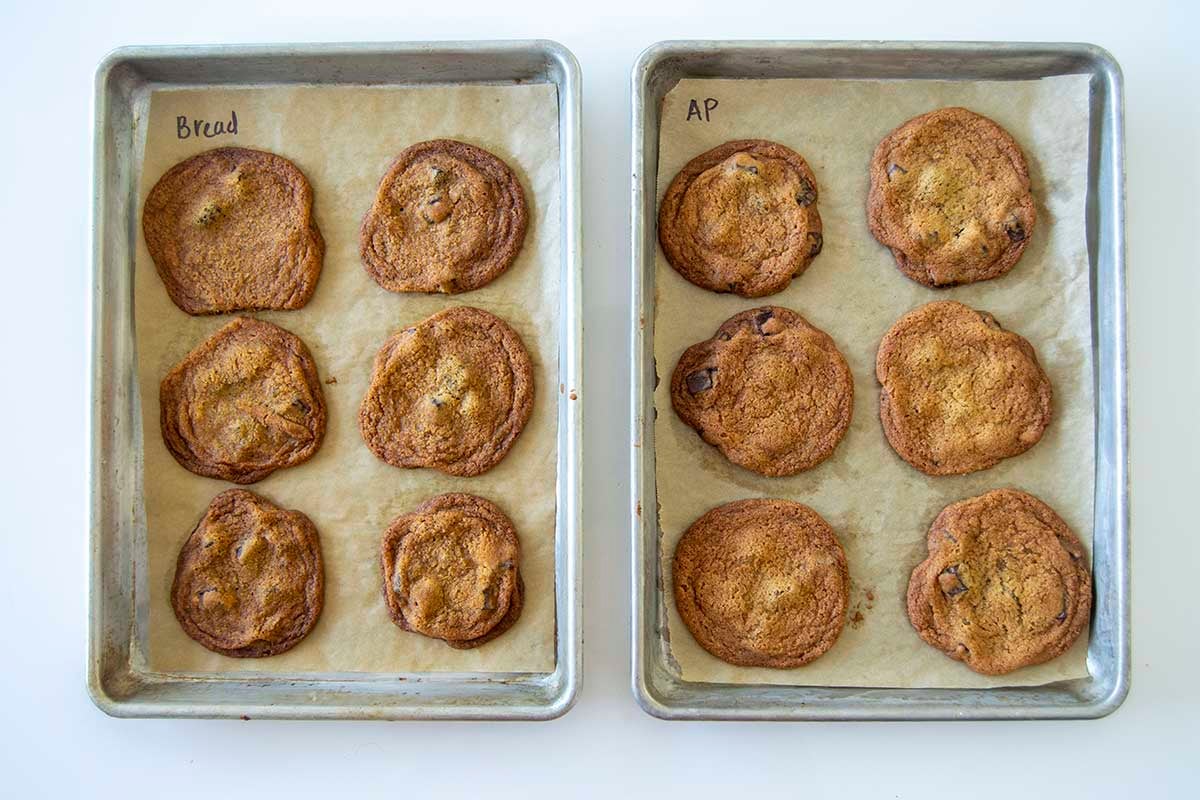
The appearance of the final cookies were fairly similar; the all-purpose versions were perhaps a touch more golden-hued (most likely from their placement in my oven, and not because of the difference in flour). When it came to the taste test, I wound up with expected results: the bread flour cookies had a bendier, chewier texture than the all-purpose, which ended up moderately more tender.
Like the other cookies I compared, the differences weren't hugely noticeable, but if you lean on the chewy side of life and have a bag of bread flour in the cupboard, it's definitely worth swapping in 1:1 for the all-purpose flour in your cookie recipe!
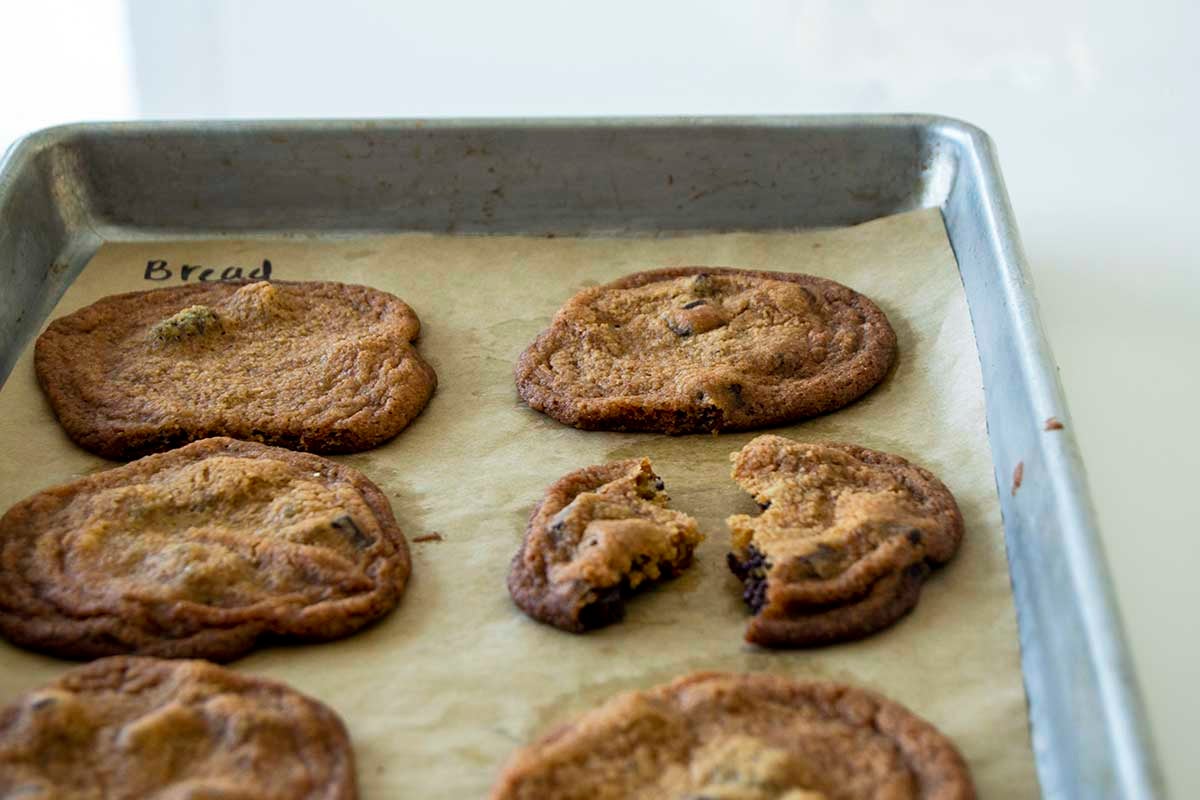
There are no set industry standards for protein content in flour varieties, meaning it can vary across brands. What's more, some flour brands even have wide protein level fluctuations among the very same flour type. This means one bag of bread flour might have a protein content that differs from the same-brand bag right next to it on the shelf, and if you use both, you’ll get slightly different results.
King Arthur flour is milled with the strictest specifications in the industry so that each of our flours has consistent protein content, enabling the most dependable baking results at home. After all, better flour means better baking! So whether you're using bread flour for maximum cookie chew or baking up a loaf of bread, you know exactly what protein level you're working with.
For more details on choosing the right flour for your baking, check out this previous blog post. And if you've made a batch of cookies with bread flour and are looking for other ways to use up that bag, we have a ton of recipes to get you started.